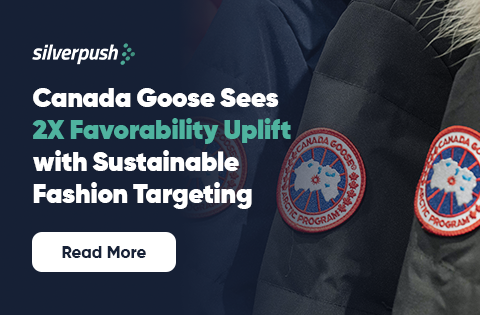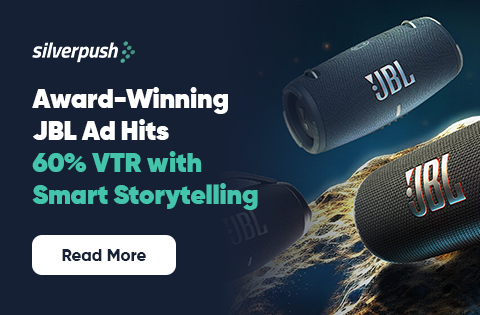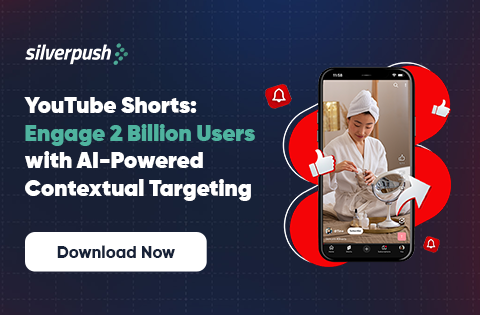How Brands Use Moment Marketing to Connect with Audiences | 18 Aug, 2025
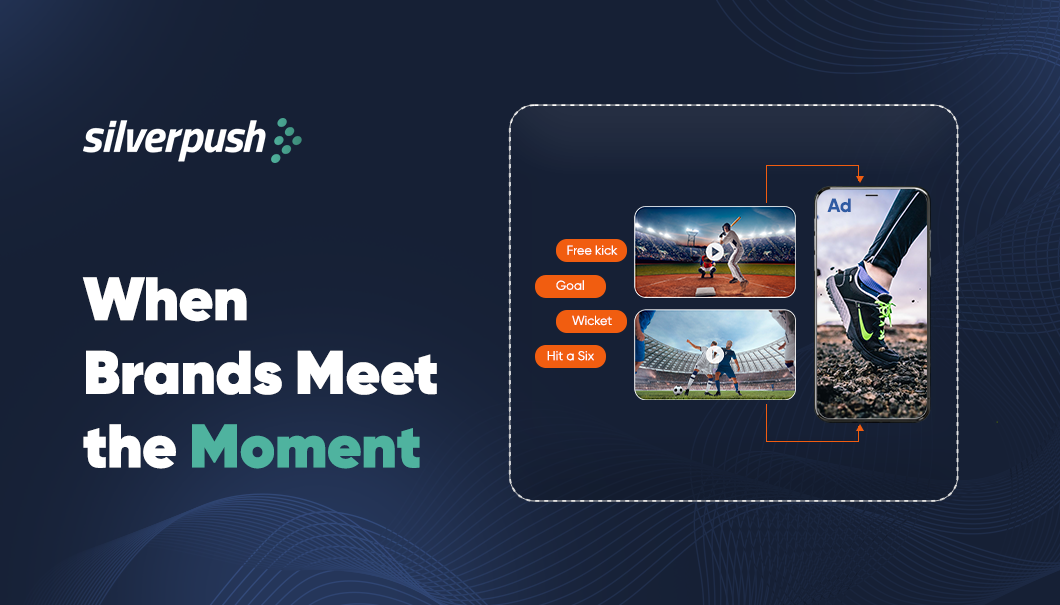
We’ve all been there. You’re scrolling through your feed, and suddenly you see a brand’s take on a trending meme, movie release, or cricket match moment. It’s quick, clever, and somehow, it feels like they read the room just right. That’s not luck. That’s moment marketing.
Over the past few years, moment marketing has moved from being a fun side tactic to something many brands actively build into their strategy. With attention spans shrinking to less than 8 seconds and audiences constantly jumping between screens, being present in the “now” matters more than ever. And the brands that get this are the ones that are starting conversations instead of just pushing campaigns.
Let’s dig into what makes moment-based marketing tick and why it’s working so well.
What is Moment Marketing?
Moment marketing, or real-time marketing, is when a brand rides the wave of what’s trending right now. It could be a news story, a pop culture reference, a weather update, or even a meme that’s blowing up. The idea is to connect your brand with the mood or moment your audience is already tuned into.
What makes it so effective is timing. When you drop a relevant message at just the right moment, it feels less like advertising and more like you’re part of the conversation. People are more likely to engage, share, and remember what you said.
You’ve probably seen brands like Zomato, Netflix India, Burger King, or Amul do this regularly. Whether it’s a tweet after a cricket win or a cheeky visual during a film release, they’ve mastered the art of showing up when the audience is most attentive and most active.
Why More Brands Are Leaning Into It
First, it doesn’t cost a fortune. You don’t need a big production budget to create a tweet or a static creative. What you need is speed, creativity, and timing. That’s a win in today’s cluttered media landscape.
Second, it makes your brand feel real. When people see you engaging with topics they care about right now, it adds personality and relevance. It also shows that your brand is listening, not just broadcasting.
And lastly, it’s a great way to cut through the noise. When something’s trending, people are already paying attention. If your message fits in naturally, you don’t have to fight as hard to be seen.
Making Moment Marketing Work for You
It starts with keeping your ears and eyes open. That means listening to what your audience is talking about, tracking social media trends, and following news cycles that matter to your industry or region.
But it’s not just about reacting to every single trend. You need to know which ones make sense for your brand. A good filter here is asking, “Can we say something meaningful or fun about this without sounding forced?”
Adding a touch of humor helps, but it needs to align with your brand tone. Zomato, for example, brings food into almost every trend they taps into. It’s fun, but it’s still on-brand.
You also want to be careful. Not every moment is meant to be jumped on. Topics around politics, religion, or crises often backfire if handled without context or sensitivity. If in doubt, it’s okay to skip it.
Now Here’s Where It Gets Tricky
While your team might be quick to create a tweet or a reel, your audience isn’t always sitting on one screen. In fact, a study by Think with Google shows that nearly 80% of people use a second screen (like their phone or tablet) while watching TV. Which means, even if you’re running a big TV campaign, you’re probably losing a chunk of attention during ad breaks.
That’s a real challenge. Because what’s the point of a smart, timely campaign if your audience is busy scrolling Instagram while your ad plays?
This is where it helps to think beyond just social posts and tweets. Real moment based marketing happens across screens and, ideally, at the same time. When your brand message shows up at the right moment—on the screen your audience is actually looking at—it doesn’t just get seen. It gets remembered.
How Parallels by Silverpush Changes the Game
If you’re thinking, “How do I even pull that off?” — that’s where platforms like Parallels by Silverpush come in.
Parallels is a real-time moment marketing platform that’s built exactly for this challenge. It detects live moments—like a six being hit during a cricket match, a sudden weather change, or even a trending event—and syncs your digital ad across mobile, CTV, laptop, or tablet right when it matters.
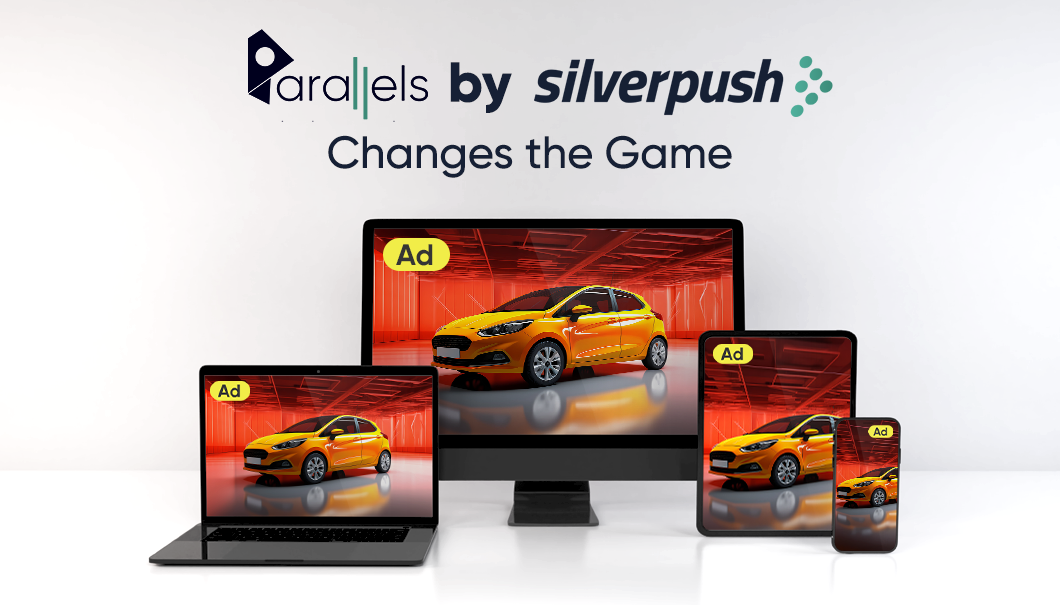
So, let’s say your TV ad runs during a sports break. Parallels picks up on that and instantly displays a contextual ad on your audience’s second screen, based on their interests or location. That could be a sports drink ad during a live match, a skincare product during a pollution alert, or a fashion brand during fashion week.
It’s real-time. It’s cross-device. And it’s driven by AI, so you don’t have to manually chase trends or trigger ads yourself.
[Case Study] How Lucky Me! Captured Rainy Day Moments Using Parallels Weather Sync
Lucky Me!, the Philippines’ leading instant noodle brand, wanted to connect with consumers during the rainy season when cravings for hot, comforting food are at their peak. The challenge was that traditional ads could not react to live weather changes, making it hard to reach people at the right moment.
Using Silverpush’s Parallels Weather Sync, ads were instantly triggered across Meta, TikTok, and OpenWeb whenever rainfall was detected in key regions. This real-time targeting delivered 13.1M impressions, 9.1M video views, a 3.4-point lift in ad recall on Meta, and exceptional VTR gains across all platforms. The campaign proved how aligning media delivery with real-world moments can drive powerful consumer engagement.
Why This Matters for Modern Marketers
If you’re in e-commerce, retail, or media, you already know that attention is fragmented. You can’t rely on one channel to do all the work. Moment marketing with a second-screen strategy gives you that extra edge. It helps you show up not just at the right moment but also on the right screen.
And the best part? It’s not about throwing your logo everywhere. It’s about being part of the experience your audience is already having. That’s what builds trust, engagement, and over time, brand love.
Final Thoughts
Moment marketing isn’t just a trend. It’s how people are experiencing the internet today—in real time, across platforms, while juggling multiple screens.
If your brand can tap into those moments with relevance and speed, you’re not just doing marketing. You’re joining conversations, shaping culture, and building connections that last.
And with a solution like Parallels, you don’t have to just hope your audience sees your message. You’ll know it’s showing up right where and when it counts.

BLOGS
Best Context-First YouTube Ad Campaigns for the Holidays
The holiday season is advertising’s biggest stage. Every brand wants to shine, but consumers are flooded with holiday promotions both online and offline. With global online sales projected to reach $1.4 trillion in 2025, the opportunity and the stakes are higher than ever. For advertisers, the challenge is no longer ...

BLOGS
Holiday Advertising Strategies: How to Use Video Ads to Skyrocket Sales
The holiday season is a retailer’s Super Bowl. With shoppers ready to spend and online sales projected to hit $1.359 trillion in 2025, the spotlight has never been brighter. But under the glitter of digital Santas and endless “limited-time offers,” one question looms: how will your brand steal the show? The ...

BLOGS
Silverpush Partner Spotlight: Velma Agbodo, Performance Director at Mediahub
This week, we got the chance to talk with Velma Agbodo, the performance director at Mediahub UK. Velma talked to us about Mediahub, what sets the agency apart, and the big. changes in the market across AI, social media, and more. And the biggest motto from MediaHub: More Pilot, Less ...


